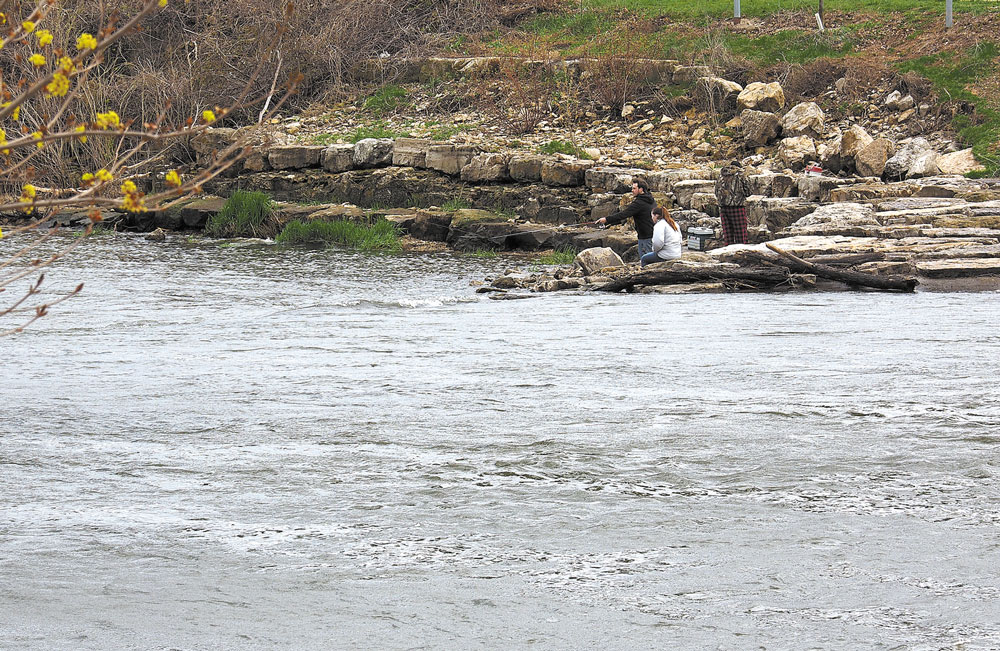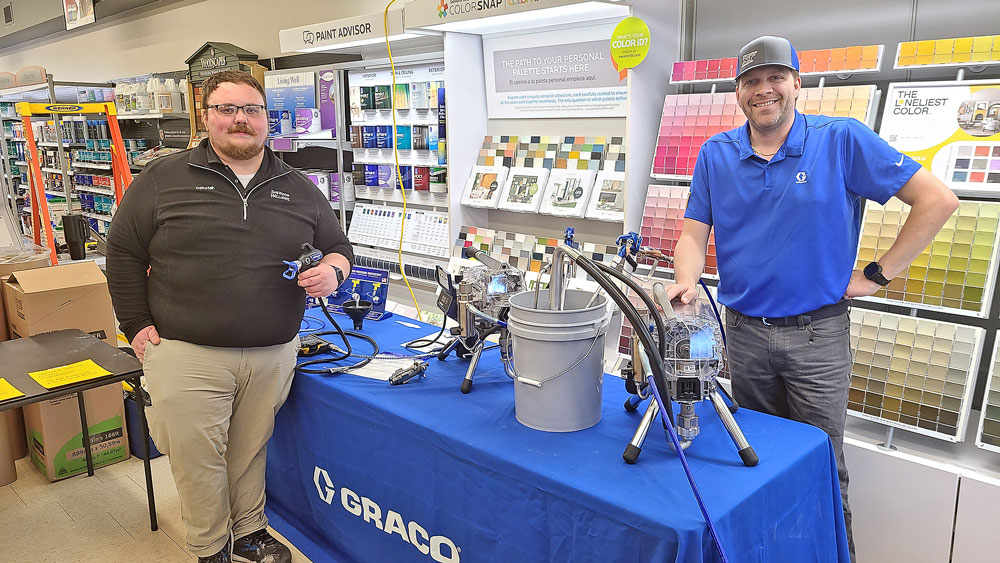2020 state report still lists Cedar River as ‘endangered/impaired’

By Bob Steenson, bsteenson@charlescitypress.com
The Iowa Department of Natural Resources is proposing to remove 99 parts of waterways from the list of impaired waters in the state, although it says that particular action in itself does not necessarily mean that the water quality in the state is improving.
Still remaining on the impaired list would be the Cedar River, including the segments of the river north and south of Charles City.
The state is seeking public comments on the 2020 draft list of impaired waters, which was released last week.
“This report identifies surface waters that do not fully meet all applicable state water quality standards for their intended use and that need a water quality improvement plan,” a statement from the Iowa DNR said.
“Of the 1,545 water segments studied, which include portions of rivers, streams, lakes, reservoirs and wetlands, 284 segments fully met the Iowa water quality standards for their intended use, while 489 uses were identified as needing further investigation,” it said.
Another 586 segments did not fully meet one or more of the standards needed for all their intended use and were listed as “impaired.”
The two Cedar River sections by Charles City — north of the Main Street dam to where the river meets Rock Creek near the Floyd and Mitchell county line, and south of the Main Street dam to near the Cedar Lake north of Nashua — are listed in the proposed 2020 report as “impaired or threatened.”
The report says pollution from undetermined sources was causing an E. coli bacteria level that exceeded state water quality criteria, and so primary contact recreation was “partially supported.” It said the magnitude of the impairment was “slight” but continuing.
All other parameters, including pH level, amount of dissolved oxygen and temperature, were listed as no monitored violations.
Fish consumption from the river in this area was also listed as “partially supported,” with the report saying the level of mercury found in fish tissue samples led to a recommendation of eating no more than one meal a week of fish from the river.
The report said the level of mercury was just slightly above the level that triggered the consumption advisory, and was “well below” the level that would result in an advisory to not eat fish from the river.
The ability of the river to support aquatic life in the section of the river north of Charles City was listed as fully supported, but in the section of the river south of the city it is listed as only “partially supported,” based on biological sampling data.
The draft 2020 report assessments for the Charles City area have not changed from the last state report in 2018, although the report did note that a total maximum daily load (TMDL) study had been completed on bacteria levels in the northern segment to more accurately monitor the amount of pollution that the river can handle and still meet state water quality standards.
The Cedar River is broken up into 21 segments on the state report, from the Iowa-Minnesota line all the way down to where it meets the Iowa River southeast of Iowa City and northwest of Wapallo.
There is no segment of the Cedar River that shows “fully supporting” for all three measurements — recreation, aquatic life and fish consumption. Most segments show a mixture of partially supporting and fully supporting, although there are several segments where no report was issued.
One segment, from Rock Run creek to the HIghway 30 bridge at Cedar Rapids, is listed as “not supported” for aquatic life because of the loss of more than 50% of native mussel species in that area.
Roger Bruner, supervisor of the DNR’s water quality monitoring and assessment section, said an increase or decrease in impaired waters does not necessarily mean that the water quality in the state is worsening or improving.
“It could be a reflection of the additional monitoring we are conducting, changes in water quality standards, and changes in assessment methodologies,” he said.
Waterways listed as impaired are often still used for recreation and fishing, so the impairment label does not mean those segments are unusable, Bruner added, saying that overall the waters of the state are safe to fish and swim in.
The Iowa Citizens for Community Improvement (Iowa CCI) issued a statement after the draft Iowa report was released, saying, “Iowa DNR is using smoke and mirrors to try and make it look like Iowa’s failed Voluntary Nutrient Reduction Strategy is working. We don’t buy it – not for one second.
“What we have seen is continued impairments year after year that impact our ability to recreate, fish, and drink Iowa’s water,” the group said. “We need bold, mandatory measures that meet the scale of the water quality crisis we are in, starting with a moratorium on factory farms.”








Social Share